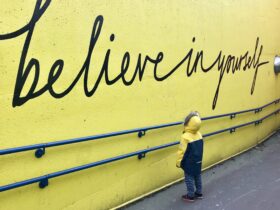In the age of artificial intelligence, the advancement of certain technologies such as ChatGPT has revolutionized our ability to generate content, making the once tedious and tiresome process more efficient and simple. However, as we use these tools, the ethical question arises: to what extent can we use ChatGPT without falling into plagiarism?
ChatGPT is a powerful tool that has recently gained a lot of attention due to the ease with which it helps us with a variety of tasks: copywriting, idea generation, idea reduction and many more. However, its machine learning-based intelligence means that the model has focused on a large amount of data extracted from the internet, including books, articles and public websites. So there is a strong possibility that the content generated by this tool is similar to existing sources, which could be considered plagiarism.
The responsibility for its use lies 100% with the user and his or her intention to use it as a means of support while respecting ethics and copyrights. To avoid plagiarism when using this tool, it’s necessary to use the generated content as a basis for the development of your own ideas. Instead of copying and pasting the text, we should modify it, reformulate it and add our own ideas to give it a personal perspective with our knowledge. In addition, it is always necessary to cite the sources of information used to create the text, even if it is ChatGPT that provides us with the data.
It has transformed the way we create written content, but it is crucial to recognize the ethical and legal limits associated with its use. A healthy balance between artificial intelligence and human creativity must be maintained if we are to make the most of these tools, as long as we are not compromising academic and ethical integrity.











Leave a Reply